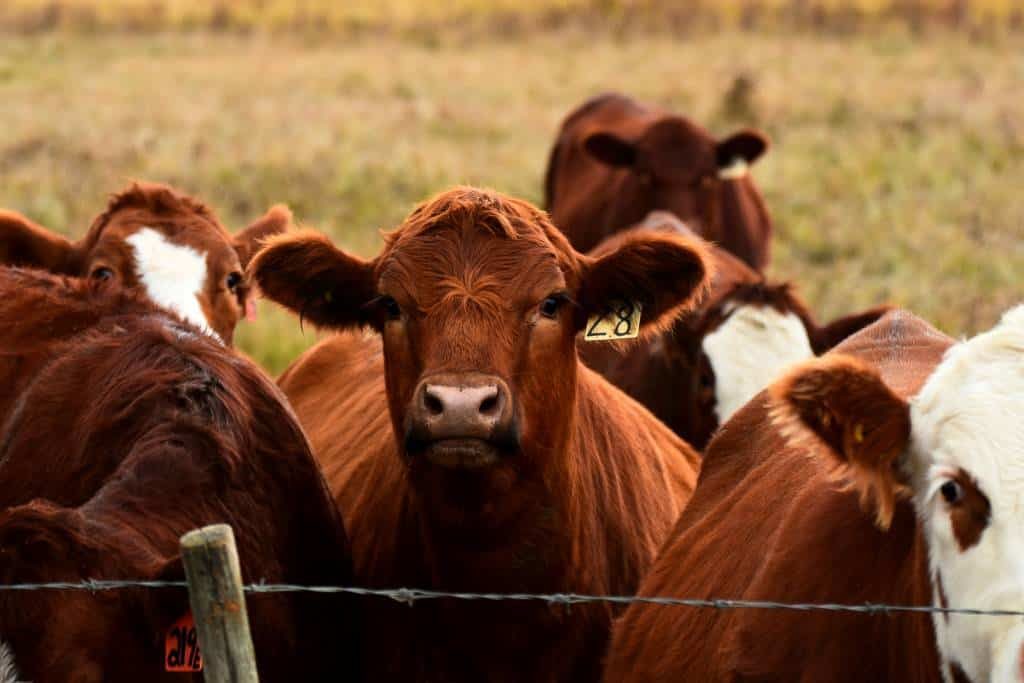The research, published in the journalProceedings of the National Academy of Sciences, looks at the evolution ofCampylobacter jejuni. According to apress releasefrom the University of Bath, this bacterium is the leading cause of gastroenteritis in high-income countries.
Facts aboutCampylobacter, as outlined in the release:
- Carried in the feces of chickens, pigs, cattle and wild animals;
- Estimated to be present in the feces of 20% cattle worldwide;
- Transferred to humans from eating contaminated meat and poultry;
- Causes bloody diarrhea in humans;
- Causes serious illness in patients with underlying health issues and can cause lasting damage, though not as dangerous as typhoid, cholera or E.coli;
- An estimated 1 in 7 people suffer from an infection at some point in their life;
- Causes three times more cases than E. coli, Salmonella and listeria combined;
- Very resistant to antibiotics due to the use of antibiotics in farming.
Related: Regenerative Agriculture: 25 Things to Know Now
“There are an estimated 1.5 billion cattle on Earth, each producing around 30 kg of manure each day; if roughly 20% of these are carrying Campylobacter, that amounts to a huge potential public health risk," explained Professor Sam Sheppard, Director of Bioinformatics from the Milner Centre for Evolution at the University of Bath, in the release. “Over the past few decades, there have been several viruses and pathogenic bacteria that have switched species from wild animals to humans: HIV started in monkeys; H5N1 came from birds; now COVID-19 is suspected to have come from bats."Sheppard added that research suggests that environmental change and increased contact with farm animals are additional factors that have caused bacterial infections to cross over to humans. “I think this is a wake-up call to be more responsible about farming methods, so we can reduce the risk of outbreaks of problematic pathogens in the future.”










